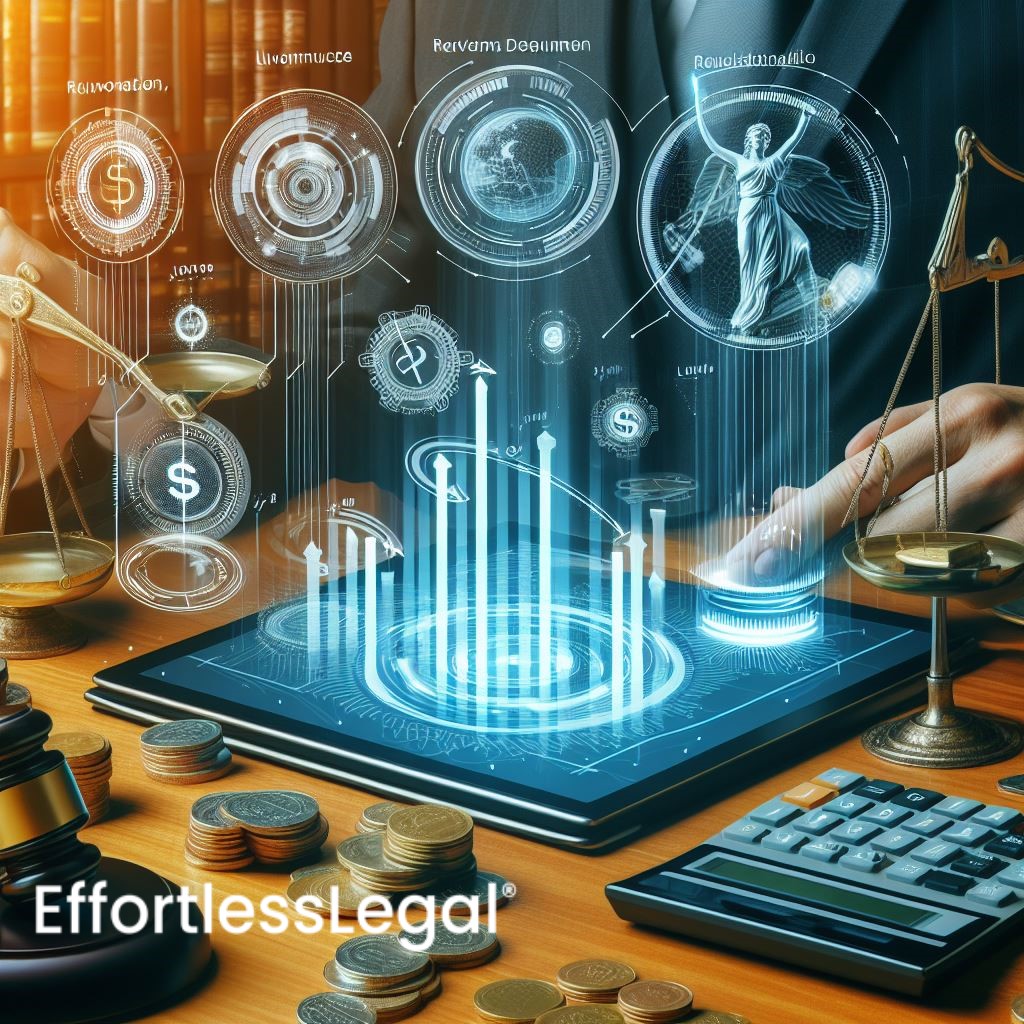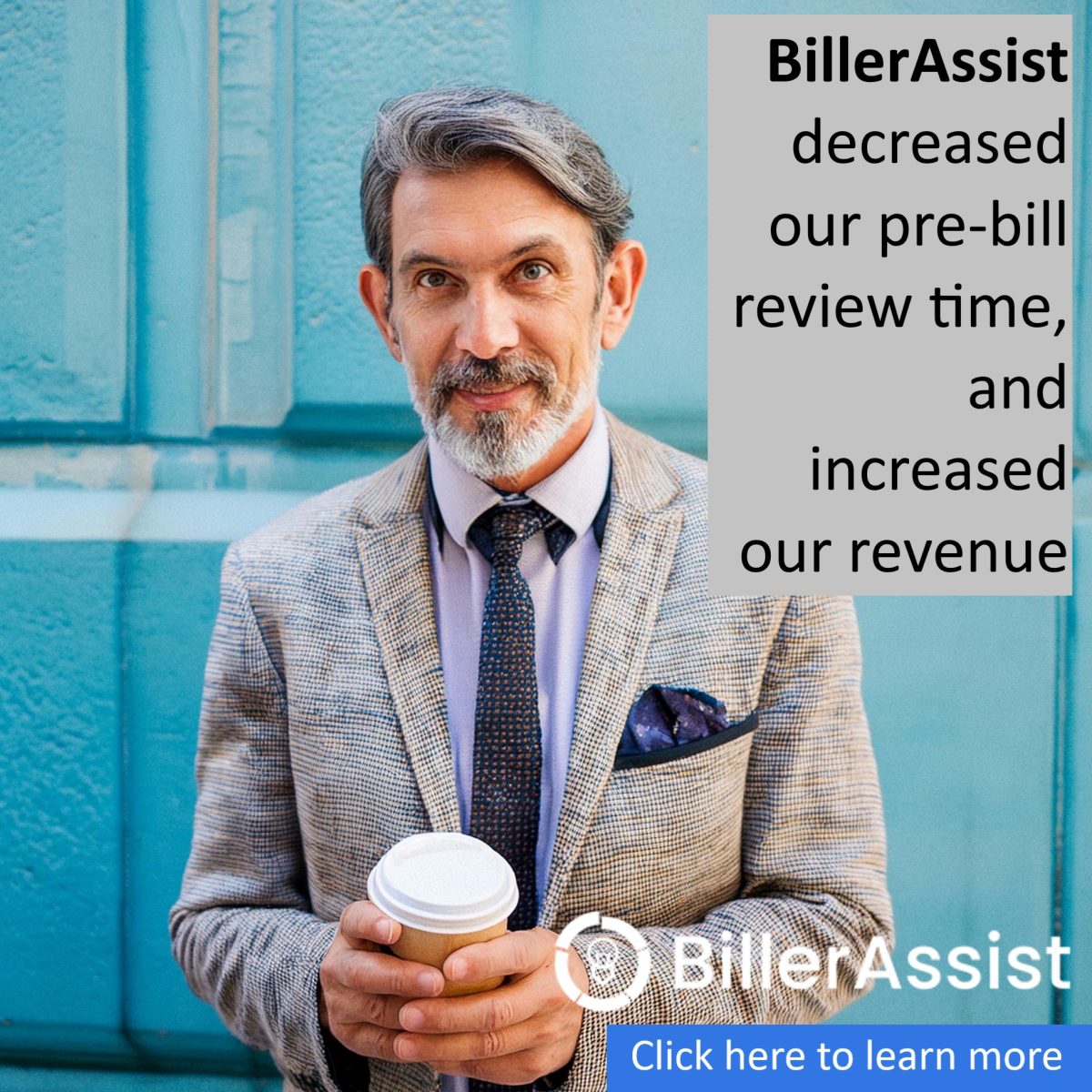Improve Law Firm Revenues with Automation and Standardization in Legal Billing
No industry has been untouched by the reach of Artificial Intelligence (AI) and automation. It can be difficult for these technologies to truly disrupt fields as entrenched in human involvement and thought as the legal space.
However, especially with respect to monotonous and repetitive tasks, law firms still need to come to terms with the ongoing paradigm shift.
In fact, in order to reduce costs and increase the quality and accuracy of monotonous and repetitive tasks, automation is becoming a necessity if lawyers want their practice to survive.
Where attorneys were once able to set their terms and submit their bills with relatively little informed resistance from clients, now clients can compare and contrast fees at the touch of a button in their browser.
Heightened transparency and the rising costs of legal work have both forced firms to find more efficient ways to deliver their services. The increased access to information by clients, coupled with tighter budgets, is forcing law practices to innovate or fall behind.
It’s Time for a Change
It can be reflexive to balk at increased scrutiny of legal bills. However, the legal field is no stranger to being generalized by some of the most flagrant billing violations of ethics. In The Moral Compass of the American Lawyer, Carol M. Langford and Richard Zitrin touch upon some of the most egregious examples of unreasonable billing.
In one instance, Webster Hubbell was convicted of stealing around $400,000 by employing unethical billing practices. Similarly, a lawyer at a Chicago firm repeatedly claimed to average 5,941 billable hours per year. For this claim to be true, the attorney in question would have had to bill at a rate of about 16 hours a day, every single day of the year. Considering that studies have shown that lawyers are usually only able to bill for about 70% of the total hours they spend working, and making such a claim is plainly excessive.
The fact that this lawyer was able to get away with billing at these rates for four years only contributes to the negative perception of attorneys that tends to occupy public consciousness.
It is because of violations like these (outliers though they may be) that concerted efforts were taken to improve transparency and bring standardization to legal billing. These efforts took the form of the Uniform Task-Based Management System (UTBMS) and the Legal Electronic Data Exchange Standard (LEDES). The UTBMS creates standardized categories and codes for each legal task or expense, and LEDES provides a standardized invoice format to transmit complete, clear, and concise billing for clients.
Not only do these standardization efforts substantially reduce the nebulousness that can shroud legal billing, but the codes and categories make data analysis considerably easier for both the firm and the client. Firms can use this data to see what is working and what isn’t, and apply that information to similar matters in the future.
Standardization Brings Scrutiny
There have been significant technological advancements since the adoption of the UTBMS and LEDES standards. Making use of modern technology along with the UTBMS and LEDES standards, it is now easier than ever to “capture meaningful billing information and data in an easier, more digestible way.”
The uniformity of LEDES invoices also expedites simple data analysis, and the need to decipher different billing conventions is nullified.
Moreover, the categorization and coding of tasks and expenses provided by the UTBMS standard provide clients with the ability to effortlessly compare their legal bills in ways that would have been exponentially more difficult as few as ten years ago.
Clients are no longer willing to simply look at the invoice’s total and pay the balance. They are on the lookout for block billing, vague descriptions of services, and tasks being billed for excessive hours.
Beyond being sloppy if not even unethical, such practices are a waste of everyone’s time. The client won’t pay it, they are likely to take their business elsewhere and you’ll still have to waste additional time and resources providing another, more accurate invoice.
The Benefits of Standardizing Billing Data
The benefits of the standardization provided by UTBMS coding and LEDES formatted invoices extend beyond client satisfaction and retention. However, the manual application of the codes can be cumbersome and time-consuming, not to mention error-prone and idiosyncratic.
The interfaces designed to apply UTBMS coding are often clunky. They utilize massive drop-down selection features that force the timekeeper to scroll through copious amounts of tasks and expenses to find the correct item they wish to apply. This is system is also prone to human error when the process needs to be repeated over and over for every time and expense entry.
The negative ramifications of these realities are compounded by the fact that billing in and of itself is already a time-consuming activity. The additional time and hassle are made even worse by the fact that billing is not a billable task. The more time you spend doing it, the less time you have for other, actually billable tasks.
Fortunately, as previously stated, technology has come a long way since the initial implementation of UTBMS and LEDES, most relevantly in the field of automation. Using machine learning, law firms can take full advantage of the benefits of billing standardization without taking on the additional time and manpower burden with which they were previously associated.
Having this data efficiently organized makes it easier for attorneys to extrapolate information on billing, payment, and even strategy that can be used to help improve fact-based decision making going forward.
Furthermore, when automating these tasks, the opportunities for idiosyncrasies and human application errors are profoundly mitigated if not eliminated entirely.
Data-Driven Problem-Solving
Automation and AI solutions are becoming less “new” every day. That means every day your firm operates without them, you fall further behind your competitors. In fact, continuing to use outdated billing practices is an unsustainable business model as advancements push efficiency ever forward.
Law firms have a wealth data, and it is the precision of the amassed data that can be so useful to the law firms themselves.
Outcomes and exact resource expenditure can be cross-referenced to create actionable discernments. Over-allocations can be corrected while problem areas can receive more attention.
Your firm can learn about problems they may not have recognized previously. When you know exactly what the problem is you can solve it with a scalpel instead of a baseball bat. And remember, this is all on top of the technology's primary functionality of eliminating monotonous and repetitive tasks, along with the overhead costs, errors, and hassles that go with them.
Conclusion
Technologies like legal research, email, and remote working have already completely changed the law firm business model. Automation and AI are the new wave.
These technologies allow one person to do the job of several in a fraction of the time, and with improved accuracy. It won’t be long before smaller firms are able to compete more evenly with firms possessing vastly greater resources.
Conversely, this technology provides larger firms with the ability to scale things back or focus on further growing their business without losing any of their current efficiency.
Beyond that, with tedious and boring tasks now being handled automatically, both attorneys and support staff are in a position to be even more efficient while making use of the same or fewer resources.
All of this can be accomplished while still being more transparent and forthcoming to clients, cutting down on legitimate excuses for non-payment.
The changes to the legal field brought about by the internet are a reality, regardless of whether or not your firm decides to take advantage of them. They are here to stay. Firms that choose to stay rooted in outdated processes may not be.





